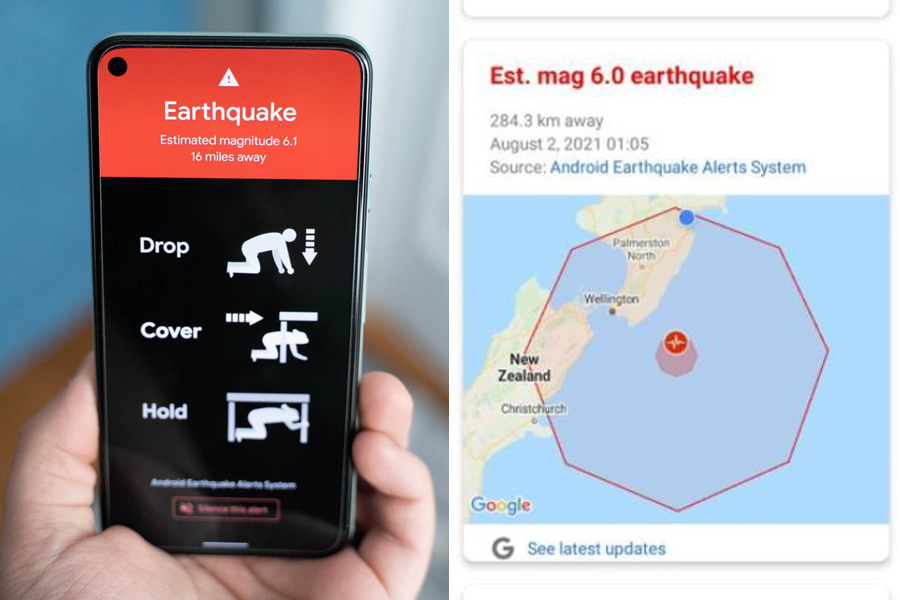
Published :
Updated :

Recently, there was a 4.2-magnitude earthquake that occurred in Dhaka. Although the earthquake was mild, the fact that the centre of the earthquake was only 16 kilometres from the heart of Dhaka posed a huge risk to the inhabitants.
But every Android user who had their 'Android Earthquake Alerts System' activated had been alerted seconds before the earthquake, so they could move into safer areas. Even though this natural disaster is the most difficult to predict, how has this Google service alerted its users so quickly?
This system can't foresee earthquakes, as this level of technological sophistication hasn't been achieved yet. However, it can provide brief warnings to individuals, giving them a few seconds to prepare and take action.
While Google's earthquake detection is accessible globally, it is particularly advanced in a few US states like California, Oregon, and Washington, where many seismometer systems can communicate with Google's servers.
Using data from Android phones and their built-in accelerometers, Google's earthquake alert system can detect seismic activity shortly before an earthquake occurs.
The accelerometers in Android phones enable the notification of earthquakes in areas without dedicated seismometer systems.
These sensors transmit signals to Google's earthquake detection server, along with an approximate calculation of the earthquake's location. Consequently, Android users receive notifications regarding the ground-shaking activity.
Technological advancements continuously strive to enhance our safety, as exemplified by Google's earthquake-detection system and Apple's crash-detection technology. iPhone users can also receive earthquake alerts through iPhone Settings in certain locations or third-party applications.
Recent discussions have compared the earthquake alerts provided by Android and iPhone devices.
Google explains that building and utilising seismometer systems can be expensive, prompting using Android phones as miniature seismometers.
However, for phones to function effectively as earthquake detectors, individuals must be in close proximity to the seismic activity, as noted by Robert de Groot, a member of the ShakeAlert operations team, in an interview with Wired.
As Google continues to refine this technology, its goal is to provide people with more seconds between the earthquake notification and the actual occurrence.
Since the technology is still new and in the early stages of development, it may take some time before individuals have even a minute to seek shelter or take appropriate measures.
contact.iftekhar.tne@gmail.com


 For all latest news, follow The Financial Express Google News channel.
For all latest news, follow The Financial Express Google News channel.